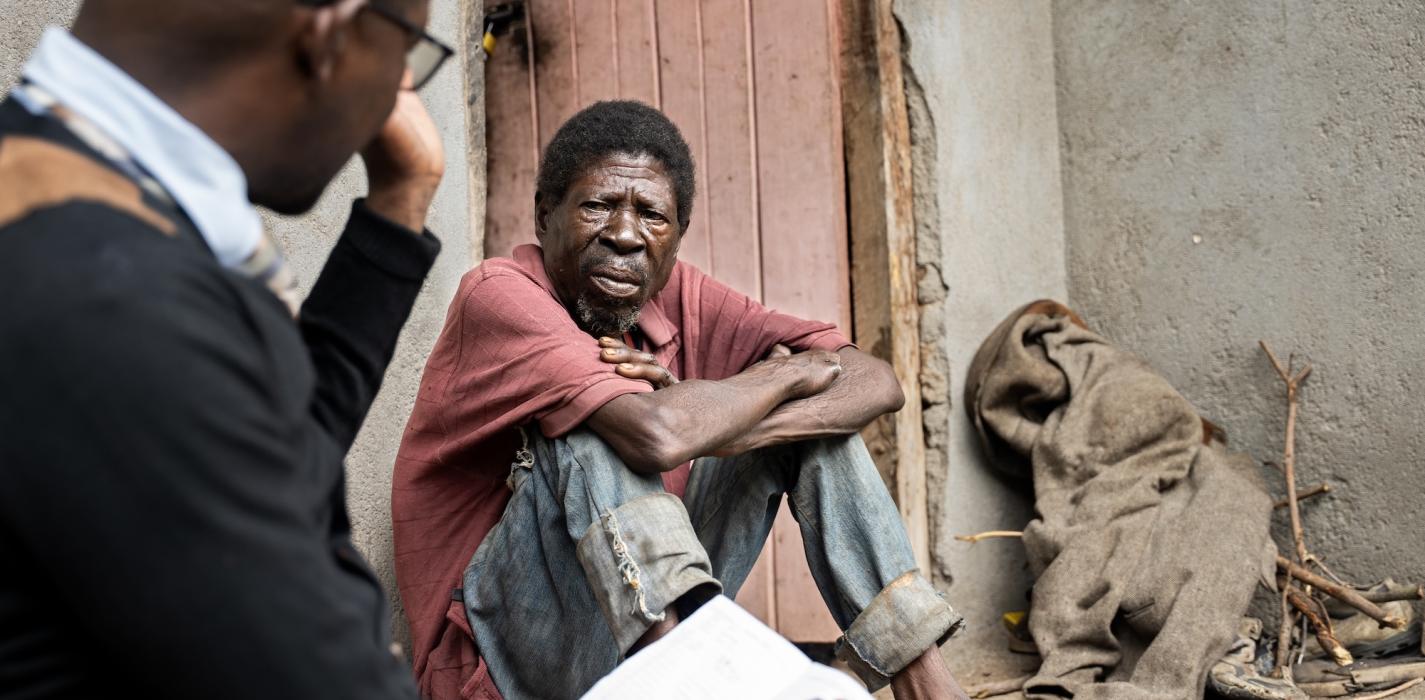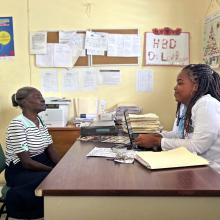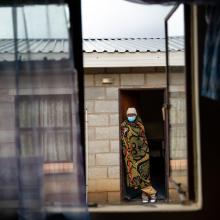Tuberculosis

PIH fights TB by offering community-based care, improving treatments for MDR-TB, and driving innovation, ensuring access to life-saving care in the communities we serve.
Our Impact
Our TB program achieves high cure rates and reduces treatment defaults through innovative care strategies and partnerships, transforming TB outcomes in vulnerable communities.
-
77%cure rate
77% cure rate for MDR-TB patients treated with innovative care at PIH-supported facilities.
-
28,000+mobile screenings conducted
More than 28,000 mobile screenings conducted each year in Peru to detect TB early in high-risk communities.
-
200+patients treated
More than 200 patients treated for TB each year in Sierra Leone at PIH-supported facilities.
Tuberculosis
Tuberculosis (TB) is a common, and in many cases lethal, infectious disease. It usually attacks the lungs, but also can affect other parts of the body. TB is spread through the air, when people who have an active TB infection cough or sneeze. Symptoms of TB include a chronic cough with blood-tinged sputum, fever, night sweats, and weight loss. Diagnosis relies on chest X-rays, a tuberculin skin test, and blood tests, as well as sputum samples.
People with weakened immune systems, from diseases such as HIV, diabetes, or malnutrition, are particularly susceptible to TB. Worldwide, TB remains a leading cause of death for people with HIV.
TB, like many infectious diseases, glaringly reveals health care inequities. According to the World Health Organization, it is the deadliest infectious disease in the world, infecting 10 million people in 2018 and killing 1.5 million. More than 95 percent of those cases and deaths occurred in developing countries.
For over two decades, PIH has addressed these inequities by treating and preventing TB, including drug-resistant variants and co-infections with HIV, in some of the world’s poorest communities. Our community-based approach has achieved some of the highest cure rates and lowest treatment default rates ever recorded.
Community based care
PIH’s approach to TB care relies on community health workers (CHWs), who are vital links between their communities and medical facilities. CHWs deliver drugs and treatment support to patients who require complex drug regimens and provide TB drugs and antiretroviral therapy to patients co-infected with TB and HIV. They also monitor the health of their neighbors, perform active case finding, and refer sick patients to health facilities—often accompanying them there in person.
PIH and endTB
Standard TB treatments used to last up to two years with painful injections. The endTB project improves multidrug-resistant TB (MDR-TB) treatment with new drugs and shorter regimens. PIH, in partnership with Médecins Sans Frontières, Interactive Research and Development, and Unitaid, has introduced bedaquiline and delamanid to 17 countries, treating 2,600 patients and identifying less toxic regimens.
The hope is to dramatically expand access to these new drugs and treatment regimens globally and ultimately improve the quality of life for countless patients.
Innovations in care
Mobile clinics are one way in which PIH is finding innovative solutions to bringing TB treatment directly to vulnerable people and communities.
In Kazakhstan, the PIH team is using video treatment support—video calls between clinicians and patients at home—to maintain connections and checkups with patients who aren’t able to leave their home or neighborhood because of financial, health, or other factors.
PIH’s approach to TB care is changing local, national, and global models for fighting the disease. Three of our original MDR-TB pilot projects have successfully been handed over to ministries of health, where they can be scaled up nationally and leaders can provide training and technical assistance to other countries in their regions.



